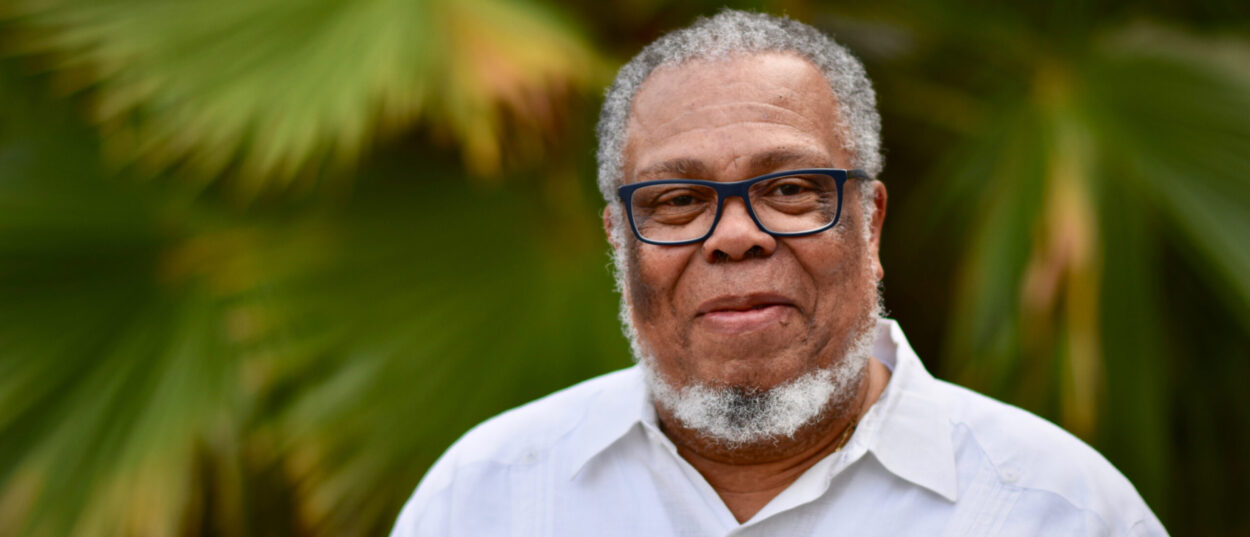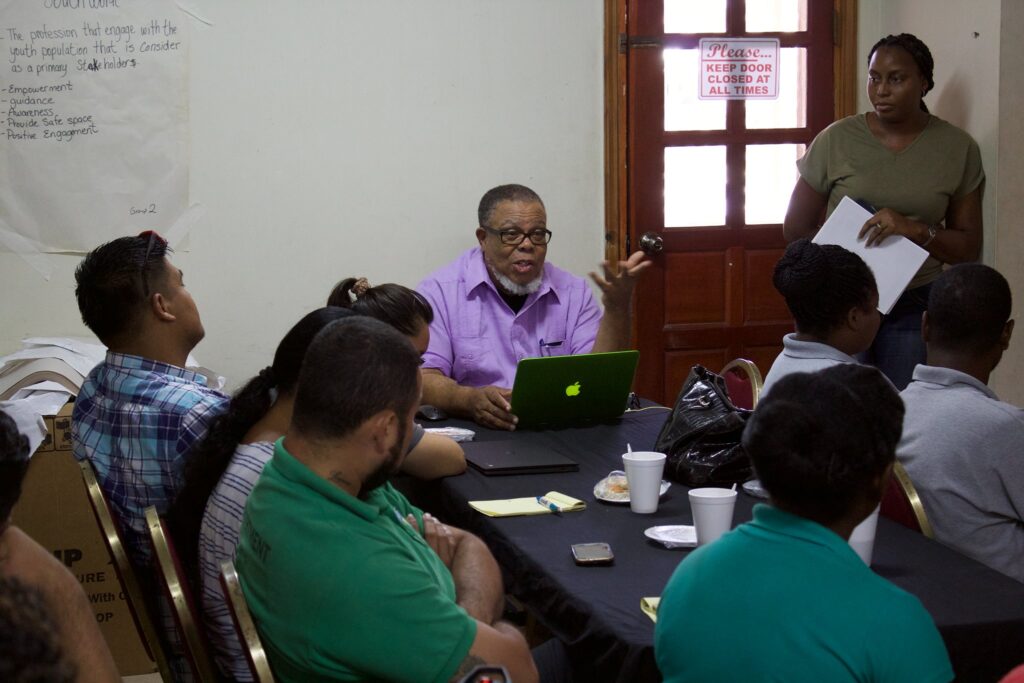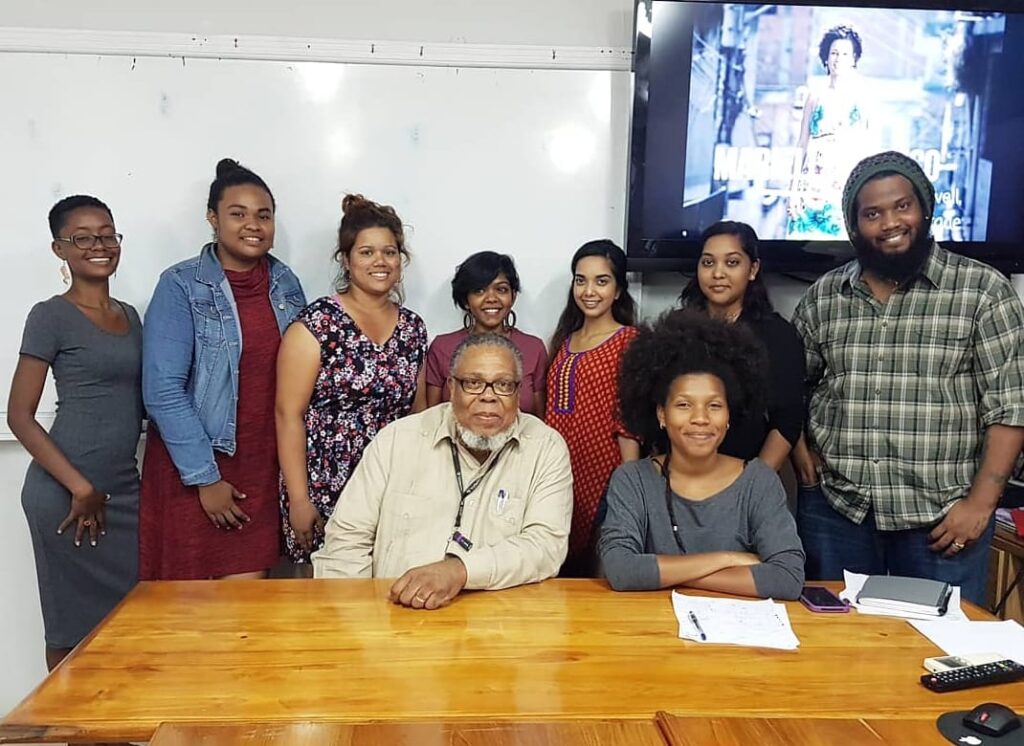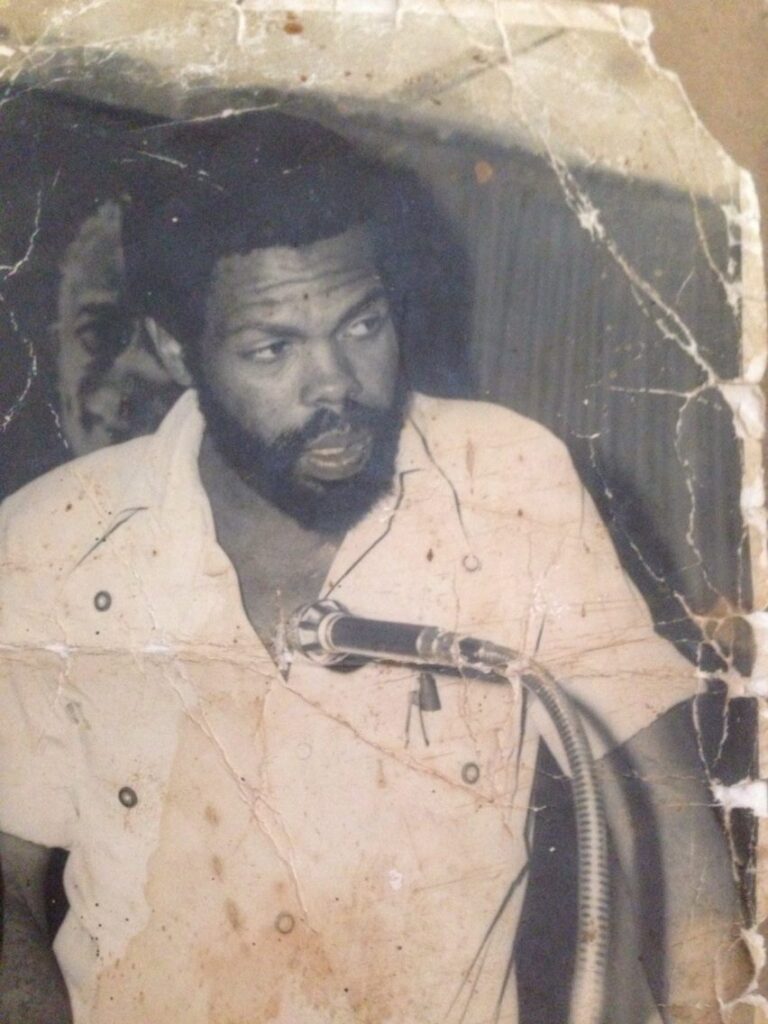Dr. Henry Charles has been advocating for meaningful youth participation for over forty years. According to him, young people are an asset and should be treated as co-creators in our developmental processes.

‘Don’t underestimate the youth’
“We need to change our deficit perspective of the youth”, Dr. Henry Charles says. He has been advocating for meaningful youth participation for over forty years. What is meaningful youth participation? And why is it imperative to the development of our country?
Youth as innovators
“Simply put, meaningful youth participation provides quality and equal opportunities for young people to be involved in decision-making on policies, strategies and programmes that affect them. Young people are an asset and should be treated as co-creators in our developmental processes.”
On Sint Maarten, youth are defined as persons up to 24 years old, which is about 35 per cent of the total population. Although the youth make up a third of the citizens in most countries, their right to participate is often not considered in our society’s development processes, Charles says. “In addition to meaningful youth participation being a children’s right, it also matters greatly because of who they are: innovators.”
“Young people have a propensity for creativity and bringing about transformation. So, the question is: why wouldn’t we involve and encourage them to play an active role in our society?”
“Young people have a propensity for creativity and bringing about transformation”
Reflective programmes
Throughout history, young people have been in the driver’s seat of change. Charles grew up surrounded by conversations about apartheid, women’s rights, and decolonisation. In many of these movements, it was young people who were at the forefront, he states.
When youth are invited to be involved, this is often at a late stage in the development of programmes and policies. This results in their feedback being too late to have actual influence on the final product. “It is a myth that the development of programmes and policies will take longer when involving the youth”, Charles says. “If you think they will not understand the work at hand, then provide technical support so that they can make an informed contribution. When youth are involved from the inception to completion of an initiative, the result will be more reflective of our society and thus be more effective.”

Ladder of Participation
Roger Hart’s Ladder of Participation is a notable example of the various levels of participation. Tokenism, decoration, and manipulation, at the bottom of this ladder, are ineffective examples of youth participation. However, they are still often used, Charles says. “For example: youth that are invited for ‘photo-ops’ but do not have actual involvement in an initiative. Or when youth are invited to a discussion, but the platform does not allow for them to safely formulate or share opinions. Or when youth provide input but there is no actual follow-up or integration of this information in the final product.”
“We should provide the opportunity for projects and programmes that are initiated by young people and decision-making that is shared between young people and adults”
“Ideally, we should work towards providing the opportunity for projects and programmes that are initiated by young people and decision-making that is shared between young people and adults. This will empower young people while enabling them to access and learn from the expertise and life experience of adults.
Take, for example, the development of the Sustainable Development Goals (SDG’s). These were developed by the United Nations in collaboration with several development partners, including youth. Then Secretary General Ban Ki Moon, facilitated the active participation of youth in the process. “Indeed, some opine that it is this active engagement of youth in the process which is reflected in the progressive nature of the SDG’s.’’
8. Young people’s initiative, decisions made in partnership with adults
7. Young people’s initiative and leadership
6. Adults’ initiative, joint decisions
5. Adults make decisions, young people are consulted and informed
Levels of seeming involvement
4. Young people are assigned tasks and informed how and why they are involved in a project
3. Participation for show – young people have little or no influence on their activities
2. Decoration – young people help implement adults’ initiatives
1. Manipulation – adults use young people to support their own projects and pretend they are the result of young peoples’ inspiration
Improved child protection
Youth participation is also essential when you look at child protection matters. “As adults, we can use our expertise, but we are not young people. Involving youth in developing child protection measures helps to make these measures more applicable.”
When we look at the United Nations Convention on the Rights of the Child, there are three broad categories: child protection, survival and development of the child, and a body of rights that speak specifically to participation, Charles explains. “Participation rights are the gateway to improved children’s rights. Without meaningful youth participation, there is a lesser likelihood that children will benefit from the other rights.”

According to him, we also should consider child protection aspects while we encourage youth participation. For example, various sectors of youth that might need additional support and safety measures to be able to participate such as: females, the LGBTQ+ community and young people with disabilities. Another consideration is the distribution of power within decision-making processes involving the youth. “If youth are enabled to help create policies, this should not be diverted because of political inconvenience.”
International examples
Charles sums up some examples of political entities that are supporting youth participation. The recently elected government of Grenada has proposed the appointment of a young person to sit on all parastatal bodies. The Government of Barbados sought to amend the constitution to facilitate the appointment of an 18-year-old to become a member of the Senate (the upper chamber of parliament). “There are also several examples within the European Union and the Council of Europe.”
A cultural shift
Young people are not problems to be fixed or ‘broken vessels’ that cost money to be repaired, Charles emphasises. Never mind if young people have challenges, those can be overcome by providing support and enhancing their role. “With the right enabling environment, young people will become valuable strategic partners. This is the shift of culture we must create.”
“Referencing the bible, remember it is written about ‘new wine and old wineskins’; you cannot put new ideas into old mindsets. You cannot get new results with old behaviours. Adults often underestimate or fear the youth. They do not stop to realise that they themselves might be sitting on the brink of irrelevance.”
Adults often underestimate or fear the youth. They do not stop to realise that they themselves might be sitting on the brink of irrelevance”
Young people know more than you think, and by thinking outside of the box, they rescue us from the status quo, Charles says. “Investing in meaningful youth participation means preventing stagnation in our development as a nation and globally.”
Choose to commit
Reflecting on the past decades of youth participation, Charles acknowledges
there have been vibrant youth movements that advocate for social economic justice and discussions on independence. “For example, in several Latin American countries, young people were highly involved in protests and other political movements to dismantle dictatorship.”
Young people participated and applied pressure through grassroots movements. Since then, political parties are becoming more and more aware that young people can be a potent force, Charles says. Due to this pressure, incremental changes are happening.
“However, the involvement of youth through government programs or initiatives still remains largely tokenistic, and this will only change if youth are seen as strategic partners to embrace. In turn, youth have to also choose to commit, and perhaps show greater solidarity in the type of participation they want to have moving forward.”
Dr. Henry Wallice Charles started advocating for youth participation and social justice at an early age and is a founding member of The Saint Lucia National Youth Council. Today, Charles is an internationally recognised youth and policy development expert, with over forty years of experience. He is currently working with UNICEF the Netherlands and the Government of Sint Maarten as a Senior Programme Specialist within the Child Resilience and Protection Project.



